This summer Environmental Resilience Institute (ERI) researchers and citizen scientists at the Kent Farm Research Station east of Bloomington broke a noteworthy bird barrier, capturing their 1,000th avian specimen—a White-eyed Vireo—in the name of science.
ERI affiliates have been capturing and banding birds at the station since 2017 as part of an international collaborative program called Monitoring Avian Productivity and Survivorship (MAPS) . The demographic information recorded by the team helps inform large-scale studies on how environmental change is impacting bird populations over time.
“We knew we were getting close to 1,000, but it wasn’t until we were inputting the data that we realized we had actually netted our 1,000th bird at the station,” said Eve Cusack, one of the lead MAPS volunteers. With the help of ERI Founding Director and Science Advisor Ellen Ketterson [Ketterson is also a Distinguished Professor of Biology], Cusack has been running the MAPS station at Kent Farm, along with her husband Sam, since the project’s inception.
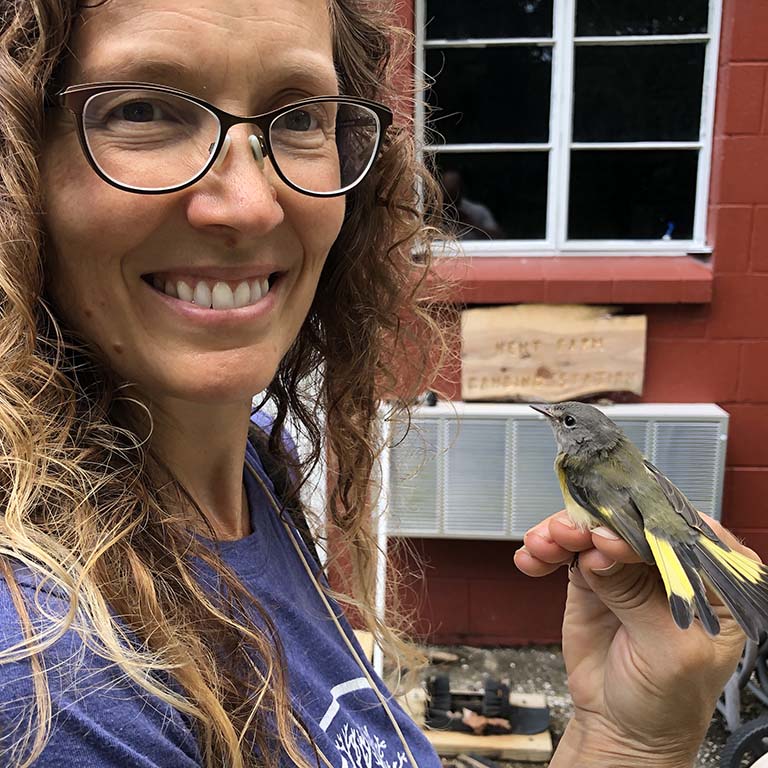


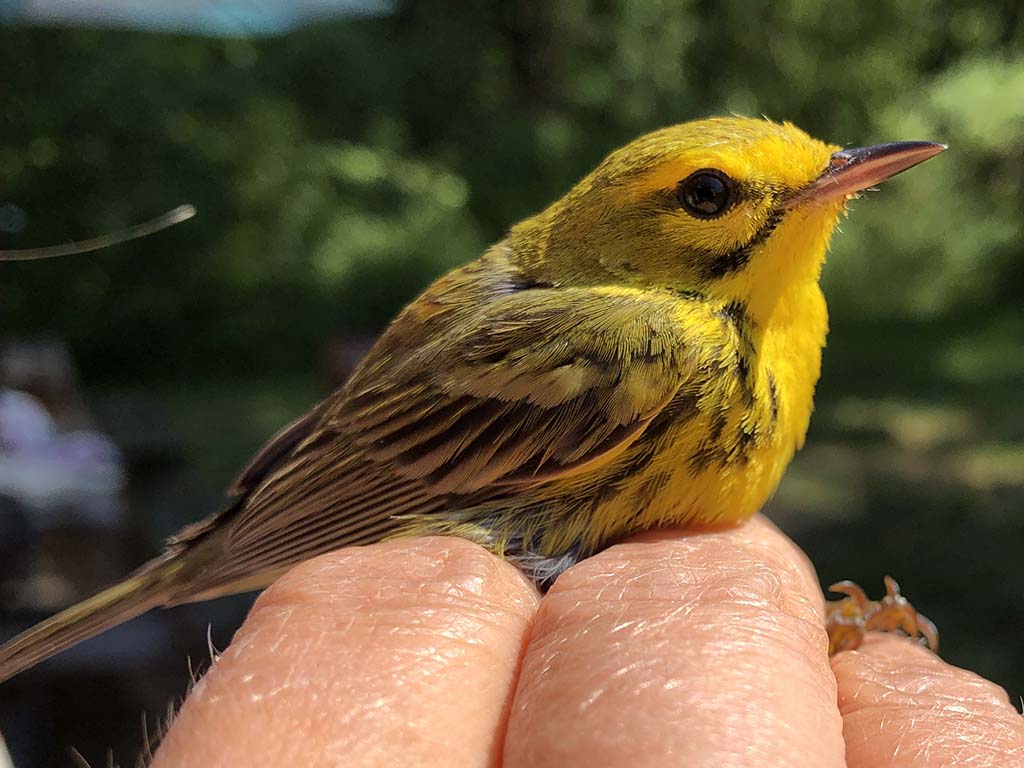
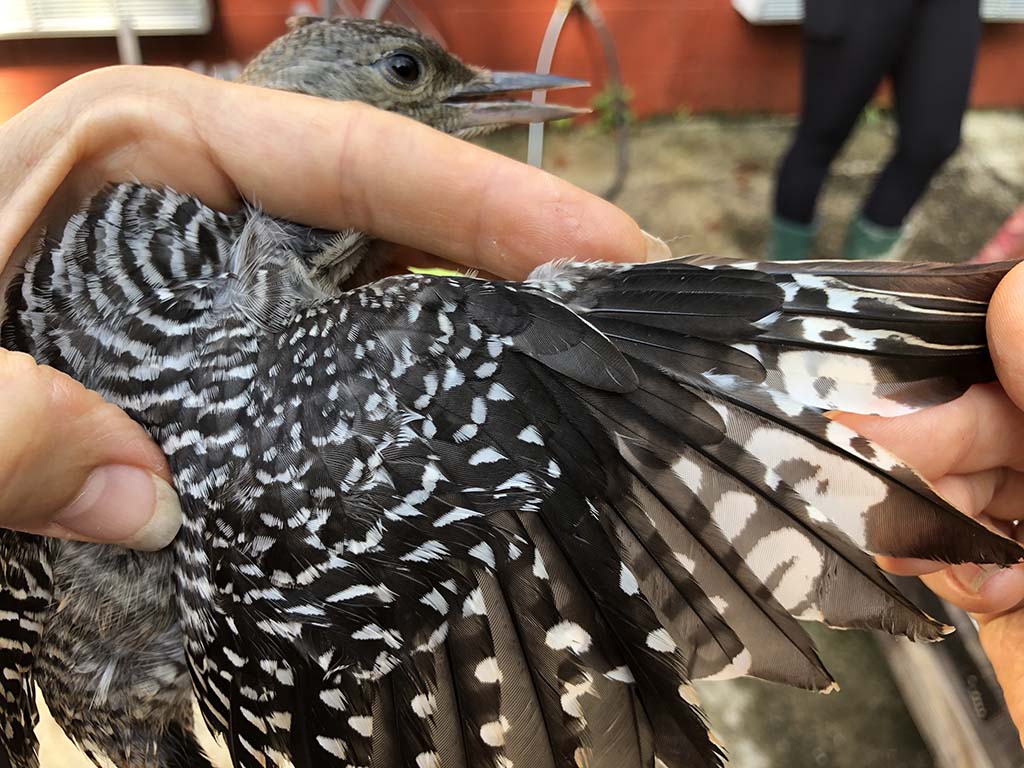
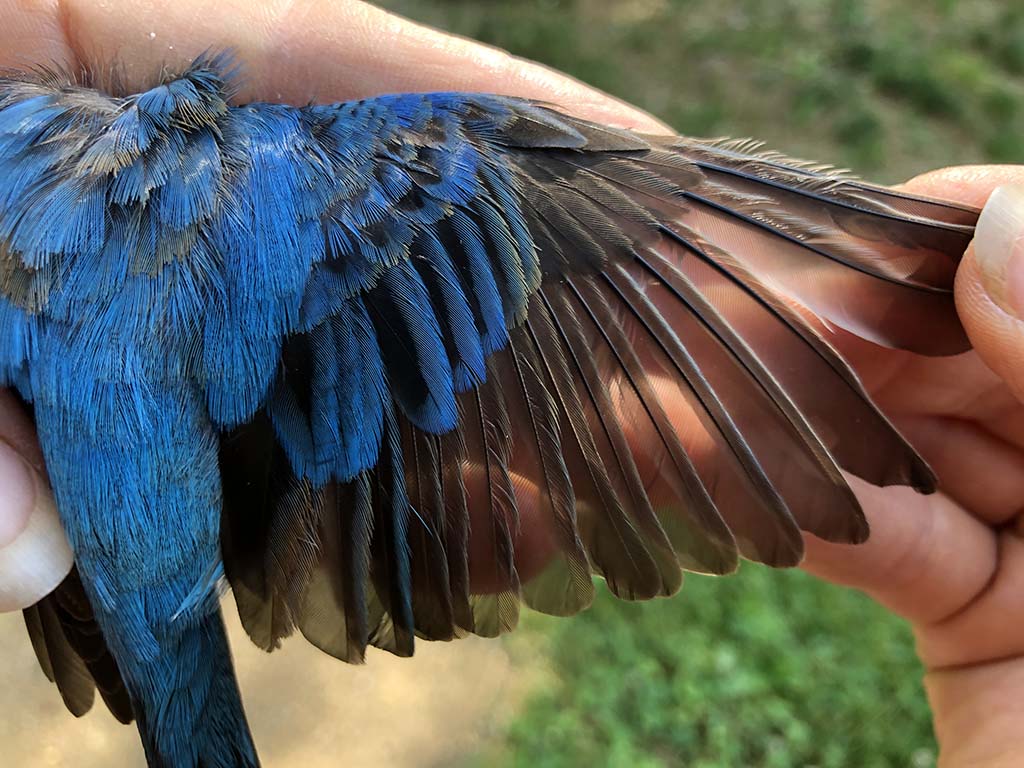
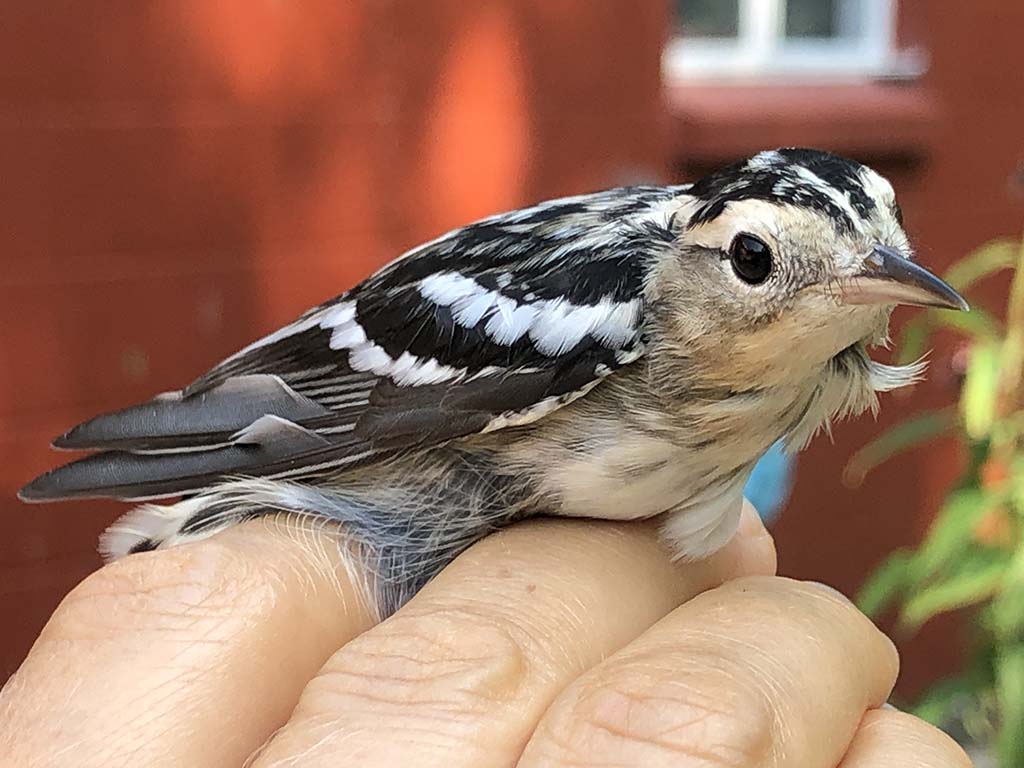
 The College of Arts
The College of Arts